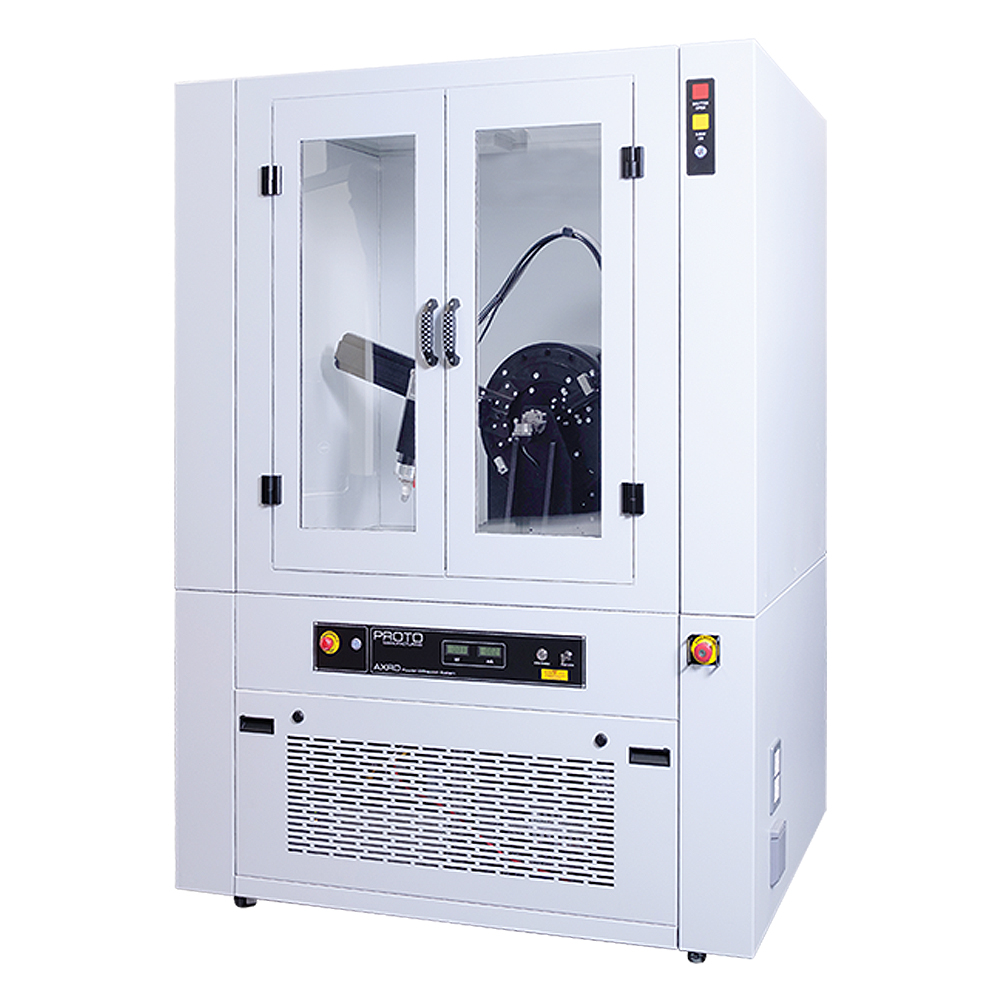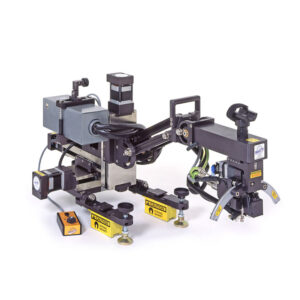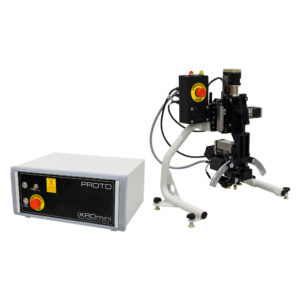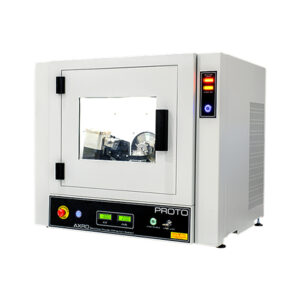High-Resolution Diffraction from the Proto AXRD® HR
Unbeatable Precision for High-Resolution X-ray Diffraction Applications
The AXRD HR features an innovative goniometer designed to provide the utmost accuracy and precision. Utilizing the latest advancements in motor and encoder technology, this system has the capabilities necessary to perform high-resolution experiments on your epitaxial thin films, multilayer coatings, and single crystals.
With this top-of-the-line system, you can perform X-ray reflectivity (XRR) to characterize the physical surface properties of your thin films, multilayer coatings, and interfaces. High-resolution rocking curves can be used to analyze epitaxial single-crystal films and determine the crystalline perfection of bulk single crystals. Finally, reciprocal space maps provide valuable information about epitaxial thin films and make it possible to analyze strained films.





